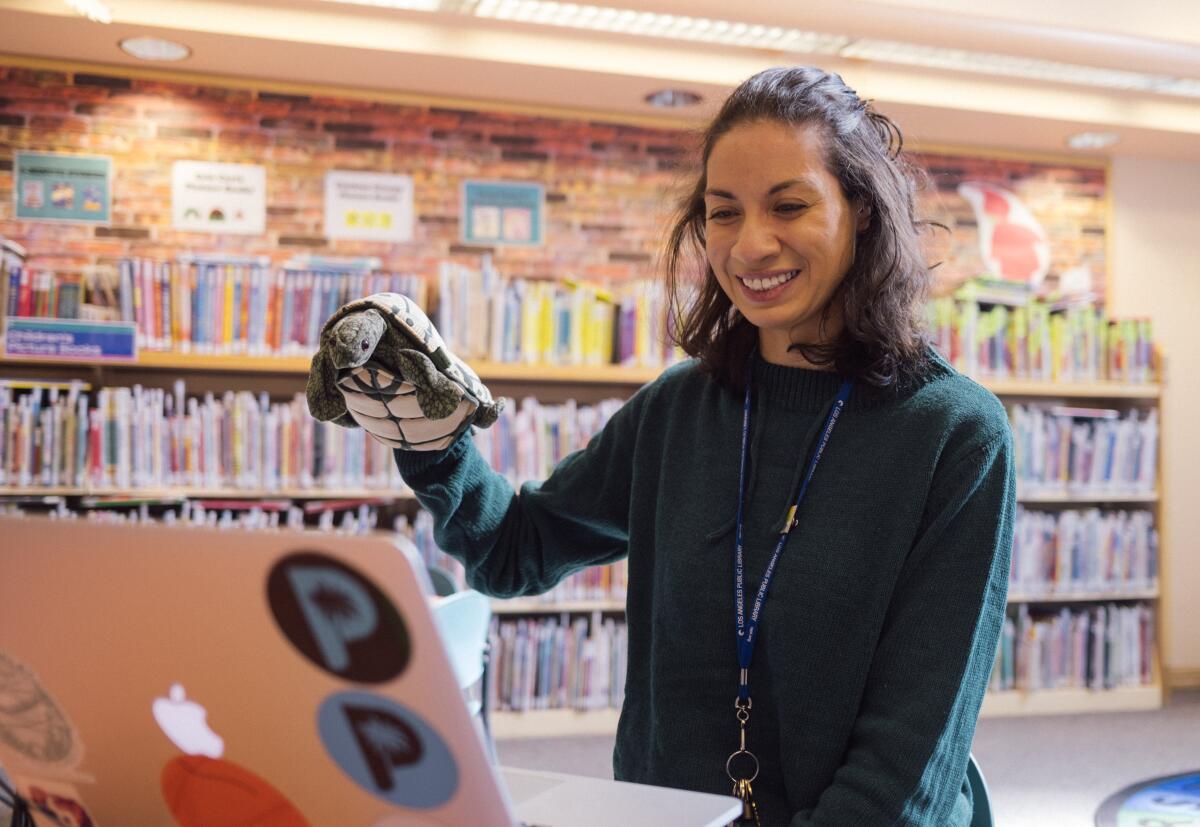Asking questions and making connections

The books recommended in this guide provide several opportunities for learning and letting the imagination soar. Additionally, there are simple ways parents and caregivers can extend the reading experience. Asking “What do you notice?” or “What do you see?” are powerful prompts for making discoveries and connections. What can start out as a game of seek and find the cat in the book “Outside, Inside” by LeUyen Pham could lead to remembering that comfort and connection can be found even in times of uncertainty.
Point out the things in a child’s life that connect to the book that they just read or as you read together. Do they have clothes similar to Riley’s in “What Riley Wore”? What fantastic worlds could be created with a nearby stack of papers and how are they different from what Daniel made in “The Paper Kingdom”? For older readers, how did the books’ characters draw strength from their surroundings and the people around them to find their own voices? (Yes, this is a shared theme in the books for 3rd/4th grade!)
At a recent program, the librarian invited children to draw an emotion they felt while she read the book “Glad Monster, Sad Monster: A Book About Feelings’’ by Ed Emberley and Anne Miranda. After sharing their pictures (happy, silly, excited), the librarian brought out flannel pieces: a yellow circle, smaller black circles and black rectangles, red ovals and a blue string.
It was time for the kids to help her create more feelings. Soon the rectangles were slanted down to make angry eyebrows. One girl gave the instructions to make the string a squiggly, confused mouth. Red ovals were used as the eyes for shouting in surprise or frustration. It was a varied range of creations from kids ages 5 to 9 who reveled in being able to take the reins for a little bit. More discussion led them to share about things they do when they feel grumpy or sad. All was sparked from reading a book and was guided by the librarian who asked open-ended questions.